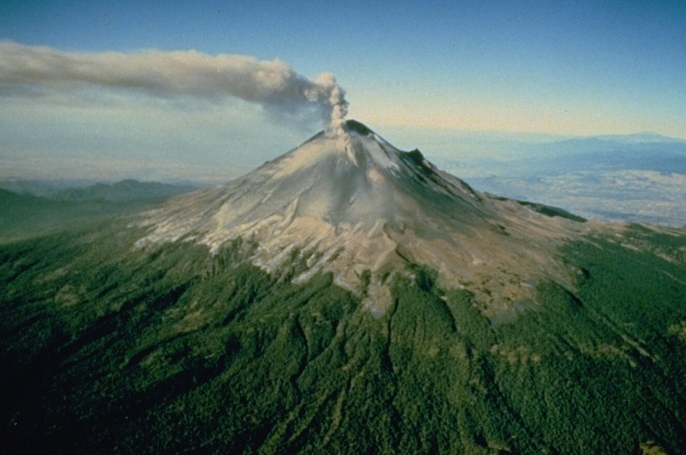Mount Vesuvius: A Catastrophic Eruption
Mount Vesuvius, located near the city of Naples in Italy, is one of the most well-known and dangerous volcanoes in the world. Its eruption in 79 A.D. is infamous for burying the Roman city of Pompeii in ash and preserving it in time.
Devastating Force
The eruption of Mount Vesuvius in 79 A.D. was one of the most catastrophic volcanic events in history. The volcano spewed ash, pumice, and deadly gases up to 20.5 miles into the sky, creating a cloud that blocked out the sun and rained down ash and rocks on Pompeii and its inhabitants.
Buried in Ash
Pompeii, a bustling city at the time of the eruption, was buried in up to 20 feet of ash and pumice. The heat of the ash and gases killed most of the city’s inhabitants, preserving their bodies in a plaster-like substance called “tepetate” that hardened around them.
Frozen in Time
The ash and pumice that buried Pompeii also served to preserve it in time. The city remained undiscovered for over 1,500 years until its rediscovery in 1748. Excavations have revealed remarkably well-preserved buildings, artifacts, and even graffiti on the walls.
Modern-Day Threat
Today, Mount Vesuvius remains an active volcano that poses a constant threat to the millions of people living in its vicinity. Scientists closely monitor its activity and have implemented evacuation plans in case of another catastrophic eruption.
Remembering Pompeii
The eruption of Mount Vesuvius in 79 A.D. may have been a tragedy, but it has also provided valuable insights into ancient Roman life. Pompeii serves as a time capsule that allows us to glimpse into the past and learn from the mistakes of our ancestors.
In conclusion, the eruption of Mount Vesuvius and the subsequent burial of Pompeii in ash is a tragic event that has captivated historians and archaeologists for centuries. It serves as a stark reminder of the power and unpredictability of nature, and the fragility of human life in the face of a natural disaster.

